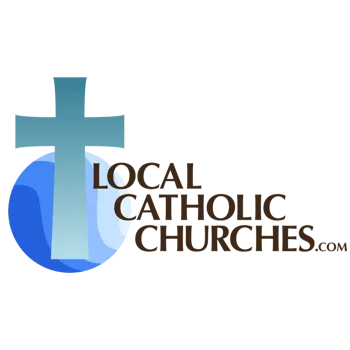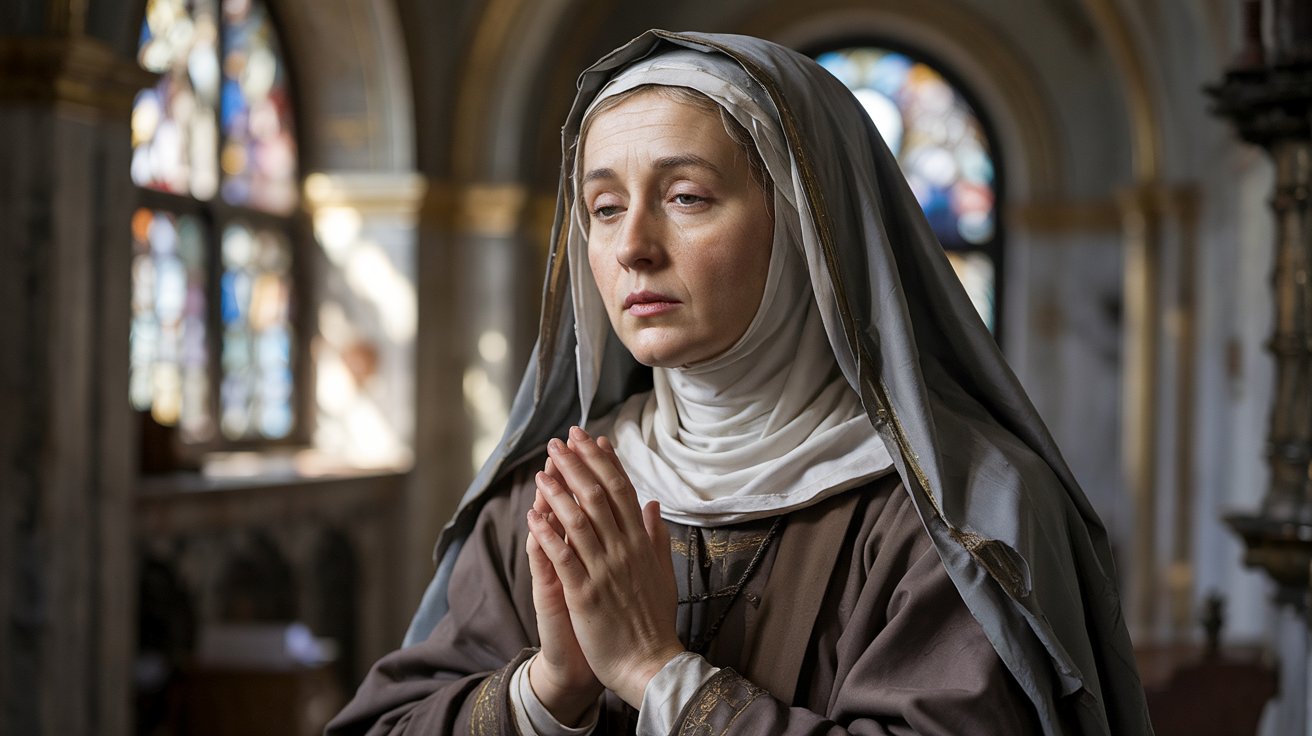Quick Reference Table
| Aspect | Details |
|---|---|
| Name | Simon bar Jonah (Hebrew: Šim‘ôn bar Yônā), renamed Peter (Petros in Greek) or Cephas (Aramaic for “rock”) |
| Dates | Active during the ministry of Jesus (c. AD 27–30); Martyred in Rome around AD 64–67 |
| Feast Days | June 29 (with St. Paul); February 22 (Feast of the Chair of St. Peter); November 18 (Dedication of Basilicas of Peter and Paul) |
| Birthplace | Likely Bethsaida (Galilee), later settled in Capernaum |
| Family | Brother of Andrew (also an Apostle); married (Mark 1:30 mentions his mother-in-law) |
| Patronages | The Papacy, fishermen, net-makers, shipbuilders, many dioceses and parishes worldwide |
| Major Shrine | St. Peter’s Basilica, Vatican City (traditional site of his tomb) |
| Titles | First Pope (Bishop of Rome), Prince of the Apostles, Rock of the Church |
| Symbols | Keys (symbolizing the authority to bind and loose), Inverted Cross (tradition of his crucifixion upside down), Boat |
| Canonization | Pre-Congregation (venerated as a saint from earliest Christian history) |
| Key Scriptural Events | Call by Jesus (Matthew 4:18–20), Confession of Jesus as Messiah (Matthew 16:16), Denial and Reconciliation (Luke 22:54–62; John 21:15–19) |
Introduction
Saint Peter the Apostle stands as a foundational figure in Christianity. Originally called Simon, he was a Galilean fisherman chosen by Jesus to be both disciple and “rock” upon which the Church would be built. Through various New Testament accounts, Peter emerges as a passionate, sometimes impetuous follower who evolves into a bold leader of the early Christian community. Tradition holds that he led the Church in Rome, serving as its first bishop, and ultimately gave his life in martyrdom. Today, he is honored as a saint, especially revered for his deep faith, humility in repentance, and steadfast commitment to Christ’s mission.
Early Life and Calling
- Background as a Fisherman
- Peter was born Simon bar Jonah in Bethsaida (John 1:44) and later lived in Capernaum by the Sea of Galilee.
- He worked alongside his brother Andrew and likely had a modest livelihood as a fisherman, reflecting a humble social status.
- Encounter with Jesus
- The Gospels (Matthew 4:18–22; Mark 1:16–20) describe Jesus calling Simon and Andrew from their fishing nets to become “fishers of men.”
- Upon meeting him, Jesus renamed Simon as Cephas (Aramaic for “rock”), or Peter in Greek (Petros). This new name hinted at Peter’s future role in the nascent Church.
- Close Association with Christ
- Peter became part of Jesus’ inner circle, witnessing key moments such as the Transfiguration (Matthew 17:1–8) and the healing of Jairus’ daughter (Mark 5:37–43).
- Jesus often singled Peter out, illustrating both his leadership potential and his need for spiritual growth.
Ministry with Jesus and Key Biblical Moments
- The Confession of Peter
- One of Peter’s most defining declarations is found in Matthew 16:13–20, where he proclaims Jesus as “the Messiah, the Son of the living God.”
- Jesus responds: “You are Peter, and on this rock I will build my church.” This passage underpins the Catholic understanding of Peter’s unique authority (the “Petrine Primacy”).
- Walking on Water
- In Matthew 14:22–33, Peter attempts to walk on water toward Jesus. Overcome by fear, he begins to sink, requiring Jesus to rescue him.
- The event highlights Peter’s blend of courageous faith and human frailty.
- Denial and Reconciliation
- On the night of Jesus’ arrest, Peter famously denies knowing him three times (Luke 22:54–62). Overwhelmed by remorse, he weeps bitterly.
- After the Resurrection, Jesus reconciles Peter in a threefold affirmation of love (John 21:15–19), commissioning him to “feed my sheep” as the shepherd of the Christian flock.
Leader of the Early Church
- Pentecost and Apostolic Preaching
- After Jesus’ Ascension, Peter assumes a leadership role among the Apostles (Acts 1:15–26).
- On Pentecost (Acts 2), he delivers a powerful sermon resulting in the conversion and baptism of about three thousand people.
- Miracles and Evangelization
- The Acts of the Apostles depicts Peter performing miracles (e.g., healing a lame man at the Temple gate in Acts 3) and fearlessly preaching, despite persecution.
- Council of Jerusalem (c. AD 49/50)
- Peter played a pivotal part in the early Church’s decision to welcome Gentile converts without imposing the entire Mosaic Law (Acts 15).
- His stance, aligned with Paul’s arguments, was crucial for defining the Church’s universal mission.
Final Years and Martyrdom
- Mission to Rome
- Though the New Testament does not detail Peter’s arrival in Rome, strong tradition and early Christian writings (e.g., Clement of Rome, Ignatius of Antioch) place him there.
- As the first bishop of Rome, he helped to establish the Christian community at the heart of the empire.
- Martyrdom
- Church tradition states Peter was executed under Emperor Nero’s persecution, around AD 64–67.
- He is believed to have been crucified upside down at his own request, deeming himself unworthy to die in the same manner as Jesus.
- Burial Site
- Early Christians honored Peter’s grave in Rome; over centuries, this site evolved into St. Peter’s Basilica in Vatican City.
- Archeological research in the mid-20th century supported the longstanding tradition of his tomb’s location beneath the basilica’s altar.
Legacy and Significance
- Primacy and Papacy
- For Catholics, Peter’s unique commission by Christ is the foundation of the papacy, with each pope regarded as Peter’s successor in Rome.
- Eastern Orthodox and Protestant views vary in emphasis, but all acknowledge Peter’s influential leadership in early Christianity.
- Feast Days and Popular Devotion
- June 29 (Solemnity of Saints Peter and Paul) is widely celebrated. In many traditions, special liturgies and processions honor both apostles.
- February 22, the Feast of the Chair of St. Peter, symbolizes his pastoral authority and unity.
- Patronages
- Peter is invoked as the patron saint of fishermen, shipwrights, net-makers, and more—reflecting his profession before discipleship. He is also seen as a spiritual protector for the papacy and the Church.
- Symbolism
- Keys: Representing the “keys of the kingdom of heaven” (Matthew 16:19).
- Inverted Cross (Cross of St. Peter): Reflecting his traditional manner of martyrdom.
Timeline of Key Events
| Date/Period | Event | Significance |
|---|---|---|
| Early 1st Century | Birth in Bethsaida, Galilee | Marks beginnings of a humble fisherman destined for a central role in Christian history. |
| c. AD 27–30 | Called by Jesus | Leaves his nets to follow Christ, renamed “Cephas/Peter.” |
| c. AD 30 | The Confession of Peter (Matthew 16:16–19) | Jesus designates Peter as the “rock” on which the Church is built. |
| c. AD 30–33 | Peter’s Denial and Later Reconciliation | Demonstrates human weakness and Christ’s merciful restoration of him to leadership. |
| c. AD 33 | Pentecost (Acts 2) | Peter preaches the first apostolic sermon; thousands convert. |
| c. AD 49/50 | Council of Jerusalem (Acts 15) | Peter endorses acceptance of Gentile believers without full Mosaic Law obligations. |
| c. AD 60s | Ministry in Rome | Tradition holds that he leads the Roman Church, establishing a foundation for subsequent popes. |
| c. AD 64–67 | Martyrdom under Emperor Nero | Crucified upside down, becomes a preeminent saint and model of ultimate fidelity to Christ. |
| 4th Century onward | Shrines and basilicas built over his presumed tomb | Development of the papacy’s spiritual and temporal influence centered in Rome. |
| Ongoing | Veneration as the first Pope and Prince of the Apostles | His authority and example continue shaping Christian ecclesiology and devotion. |
Conclusion
Saint Peter’s journey from an unassuming fisherman to a transformative leader of early Christianity epitomizes the strength that can emerge from human frailty transformed by divine grace. Impulsive, brave, contrite, and finally resolute, Peter’s life story resonates with believers who see in him a tangible model of spiritual growth, forgiveness, and commitment to truth.
His enduring legacy—enshrined in scriptural testimony, Church tradition, and countless works of art—remains central to understanding the foundations of the Church, especially for Catholics who revere him as the first Pope. His relics in St. Peter’s Basilica continue to draw pilgrims from every corner of the globe, attesting to the timeless power of his witness. Through his successes and failures, St. Peter stands as a beacon of hope for all seeking to follow Christ with courage and humility.






